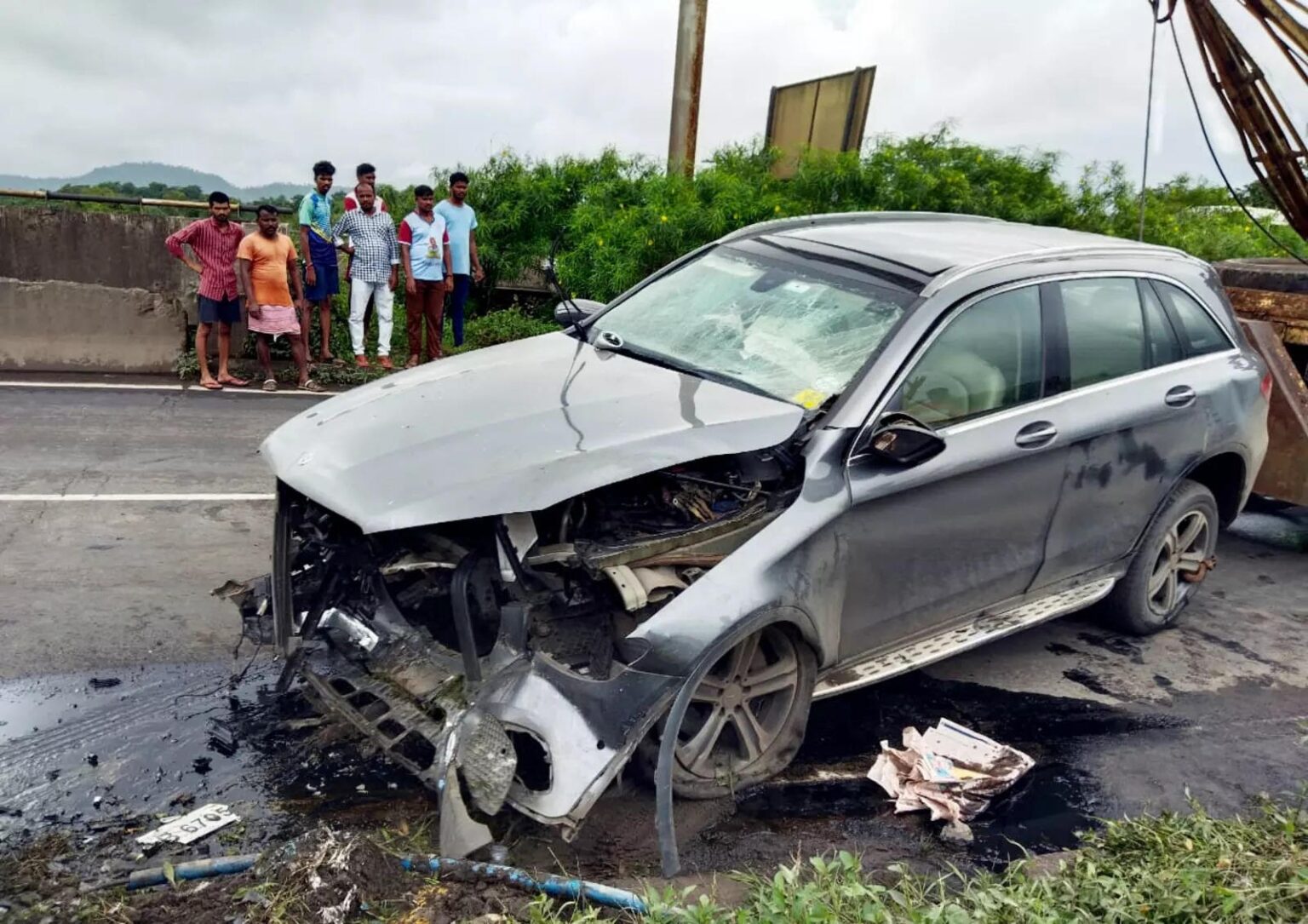Dr Pandole’s femur bone suffered a crushed injury and the head of the femur was stuck in the pelvic bone.

On September 4, 2022, a tragic vehicle accident claimed the lives of two passengers, including Cyrus Mistry, chairman of Tata Sons. Dr. Anahita Pandole, who was driving the Mercedes, and her husband Darius Pandole were two other passengers who suffered serious injuries in the collision.
According to reports, Dr. Pandole had pelvic reconstruction surgery on Thursday at Sir HN Reliance Foundation Hospital with the assistance of nearly 20 medical professionals. For the procedure, experts from the USA, UK, and Europe contributed their perspectives.
Dr.Tarang Gianchandani, CEO, Sir HN Reliance Foundation Hospital said, “With a team of 20-plus multi-disciplinary experts, we have been monitoring the condition of Dr. Anahita closely for the last 11 days before planning any surgical intervention. Pelvic surgery was concluded today morning with precise techniques, clinical skills, and modern technologies. This will enable her to achieve recovery from the injuries caused post the traumatic accident. I am grateful to our surgical teams and for the advisory provided by Dr. Peter V Giannoudis.”
“The team that conducted the surgery includes Dr. Vaibhav Bagaria, Director, Department of Orthopaedics, Dr. Dilip Tanna, Mentor Orthopedics, Dr. Darius Soonawala, Consultant Orthopedics and senior anesthetist Dr. Daisy along with trained nurses and technicians,” added Dr. Gianchandani.
What exactly is pelvic reconstruction surgery?
Reconstructive pelvic surgery aids in the reconstruction of important pelvic organs, such as the bladder, vagina, or pelvic floor, which may have been removed or injured following gynecological surgery or during cancer treatment.
Gynecologist Dr. Pandole experienced a severe hemipelvectomy, which includes a pelvic fracture. According to a 2013 study by the US-based National Library of Medicine, it is a rare type of pelvic fracture that is characterized by the wide separation of the innominate bone from the pubic symphysis and sacrum, the avulsion of the external iliac vessels, and the severe stretch injury or disruption of the femoral and sciatic nerves.
“The incidence of traumatic hemipelvectomy is rare, but it is a devastating injury. Recently, an increasing number of patients with traumatic hemipelvectomy are admitted to trauma centers alive due to improvements of pre-hospital care. Successful management requires prompt recognition of the nature of this injury and meticulous surgical technique,” the study further adds.
That said, reconstructive pelvic surgery is said to restore organs to their original position.
Dangers during a traumatic hemipelvectomy and how they can be overcome
The study highlights, “The leading causes of death in patients with traumatic hemipelvectomy are blood loss, infections, and multiple organ failure. The successful rescue of these patients depends on the following key steps: First, hemorrhage control and vigorous resuscitation. Direct clamping of the large bleeding vessels should be the first step in resuscitation.
It has been acknowledged that circumferential compression with a sheet is a cost-effective method of hemostasis. Wrapping the circumference of the pelvis with sheets and knotting in front of the pelvis can form a wound compression bandage that is effective in controlling bleeding in cases with a complete separation of the injured limb from body.
However, this method is sometimes less than ideal for circumstances in which the injured limb is still partially attached to the trunk. In such cases, hemipelvectomy is a life-saving intervention. It has been reported that the early angiography and subsequent embolization should be considered in cases of continued unexplained blood loss.”
What is a traumatic hemipelvectomy?
A traumatic hemipelvectomy was performed on Dr. Pandole. It occurs when a high-trauma event, like a vehicle accident, causes a serious fracture of the pelvis.
What is pelvic reconstruction surgery?
This procedure is quite case-specific. It could be used in situations including amputation, debridement, hemorrhage management, bone realignment or repair with implants, and wound closure.
Is it only a single surgery?
No, there can be several procedures necessary. Again, it is situation-specific.













